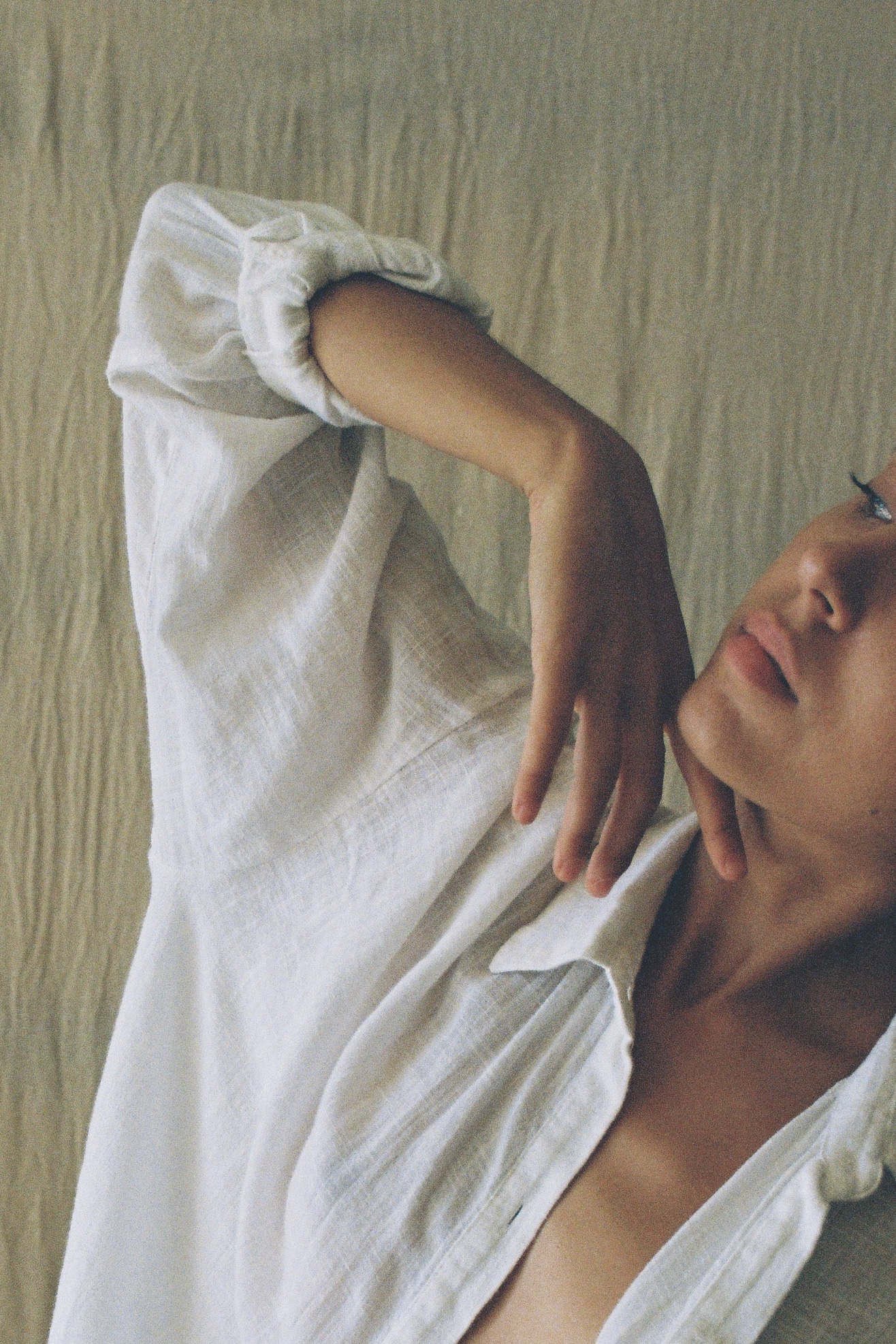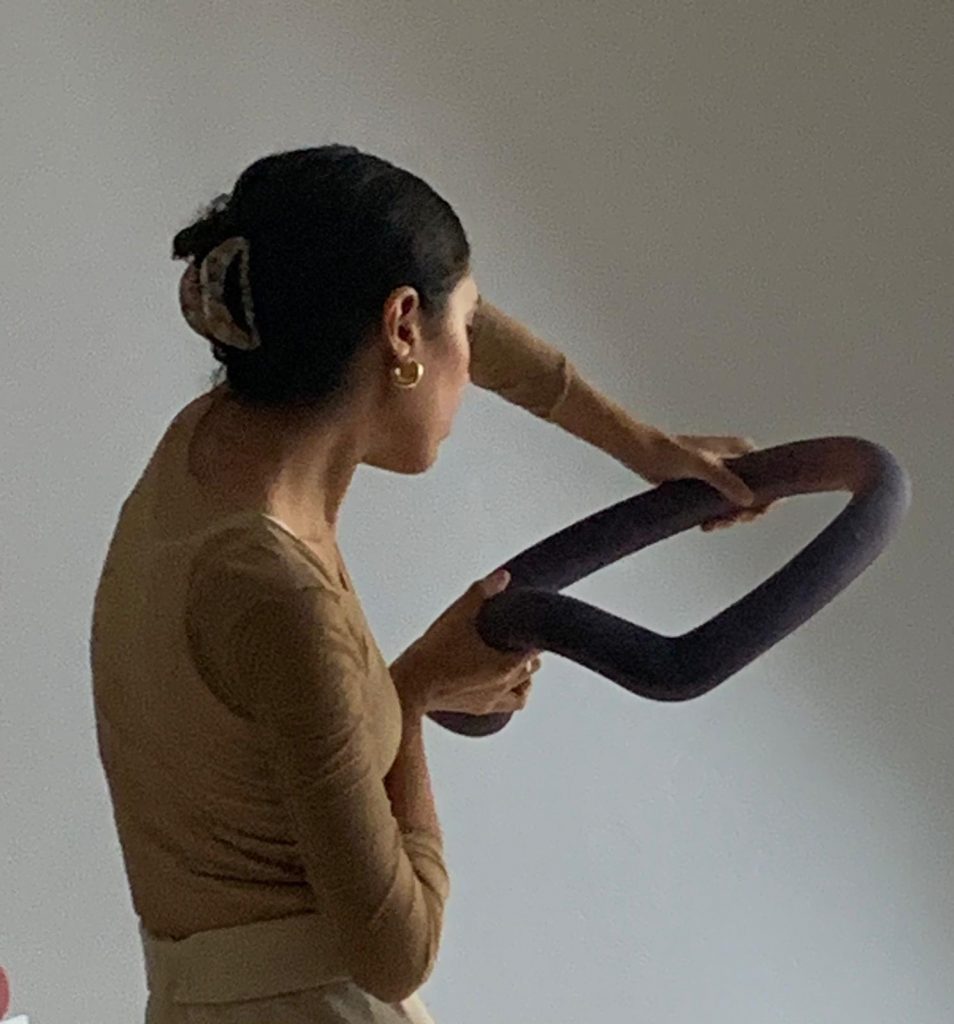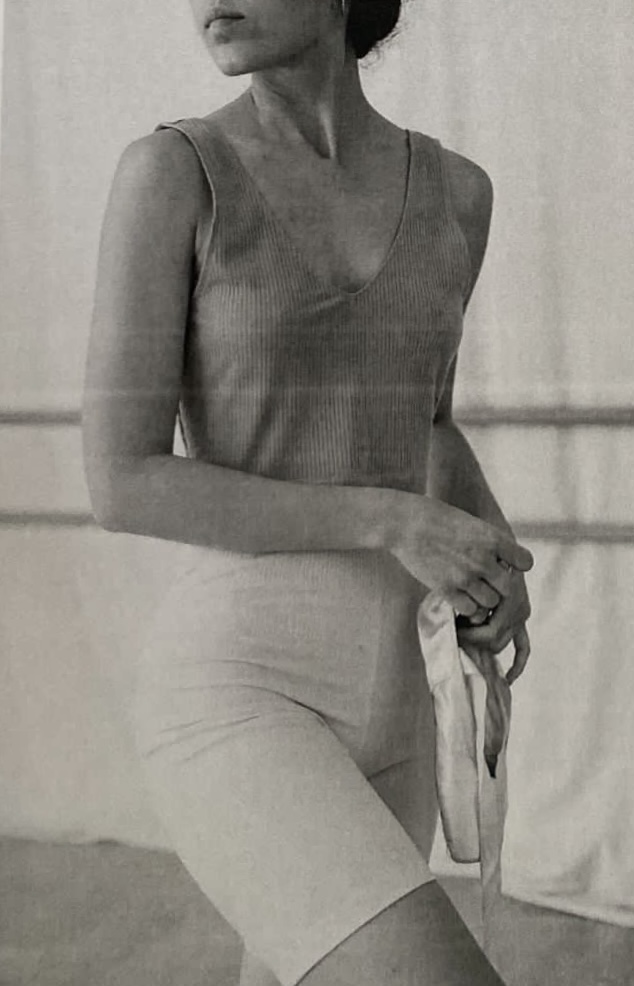
Author: Noor Zouitina
We tend to believe that expression has to take form through words or sounds—whether it’s talking, writing, or singing. In fact, there’s a sense of liberation that nothing else gives you quite like movement does. Somehow, there’s even a sense of disinhibition when moving, whether it’s dancing, walking, or using nonverbal expressions. Movement carries all the words we don’t have the courage to pronounce—and sometimes, it does so even unconsciously.
Women have been expressing themselves through movement since ancestral times, whether as a way to heal, protest, or to embody and transmit knowledge. In many cultures, movement has been a sacred language—like the poi dances of Māori women, which pass down stories of ancestors and land, or the ritual dances of Yoruba women in Nigeria, where each gesture becomes an invocation of the divine. These are not just performances, but embodied rituals—ways of remembering and reclaiming identity through the body.
Movement also creates a profound sense of community and connection. Whether it’s women gathering to dance in celebration, walking side by side in protest, or passing on traditions through gesture and rhythm, movement has always been a way of weaving bonds. It dissolves the boundaries of language, class, and time—allowing us to find ourselves in one another. In moving together, we remember that our stories are not only personal but collective; our bodies hold not just our own memories, but the memory of all the women who have moved before us.
When we let go of the strings and imposed limitations that discipline and structured dance traditions place on us, there is a freedom and a holistic practice within movement. It becomes an act of listening to your body and letting it follow whatever feeling pushes it forward.
Aina Genovés, a multidisciplinary artist based in Mallorca has always embraced dance as a way to express herself. Today, she brings both her learnings and un-learnings to help others find their way back to movement—as a tool for self-expression. For her, the art of movement is not just an art, but an embodiment of healing.

What does movement mean to you?
For me, movement means transformation and life. I see movement in all facets of existence—even when it doesn’t seem to be there, it is.
I want to share the message that movement is part of everyone, and that anyone who wants to express themselves through the body can do so. Every body is unique, and so is its movement.
How did your journey in movement begin?
I started dancing when I was 3 years old, and at first, it was something very light—like a game as a child. Over time, with training, it became more professional and serious. For many years, I focused mainly on ballet until I discovered contemporary dance. I danced in international schools and workshops, and I also pursued a degree in fashion design and later in drama. Later, I explored drama, physical theater, and yoga. All my movement has been closely related to art. Eventually, everything came together—I now use all this knowledge as a starting point for my creative process.

How would you describe your style?
Soft, detailed, and organic…
I believe that everything around me can be material for creation and inspiration. It’s important to open up widely at first, then observe what elements have in common, and finally to narrow down and focus in order to concretize your ideas and thoughts—bringing them together into a shared space.
How did you decide to take this path professionally, evolving dance into what your movement is today?
After going through a very rigid and academic discipline, I realized how much I hated dancing that way. So, after many years within that dynamic, I consciously decided to shift toward a healthier relationship with dance and with myself—one that comes from my own experience—and from there, to bring it into the professional field.
Can you share how dance and spiritual retreats became intertwined in your work?
It was in a very organic way, since I have been developing my spiritual practice for a long time, which led me to connect with the retreats that take place on the island and in a very natural way and a little unintentionally the two practices that were more in my body came together to transmit my vision and the benefits of it.
Name some people that inspire you.
- Pina Bausch
- Leo Walkinparis
- My mum
- My friends
Many young dancers, and artists in general, often feel scared of making their own path—fear of being judged, misunderstood, or not liked. What would you say to those people?
I’ve experienced that too, and I think it’s something very common among artists. When you put something of yourself into your work and make the effort to share it with the world, there’s inevitably a vulnerable exposure that can feel frightening. But what helps counteract that fear is trusting that if your work is born from authenticity, honesty, and truth, you have nothing to fear.
